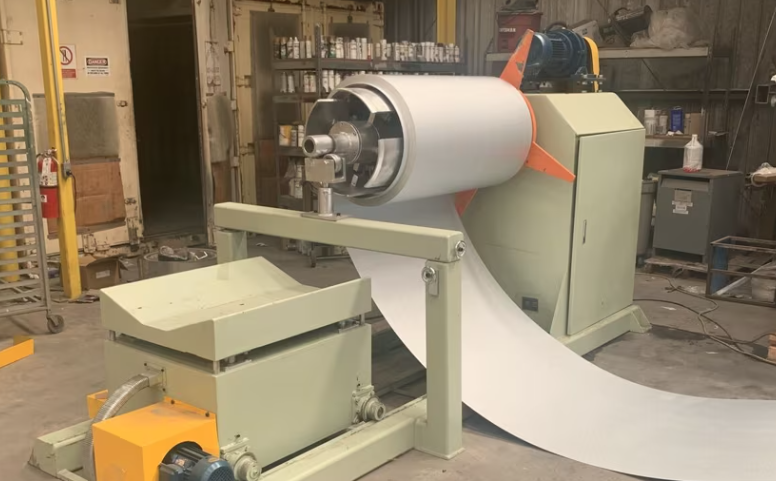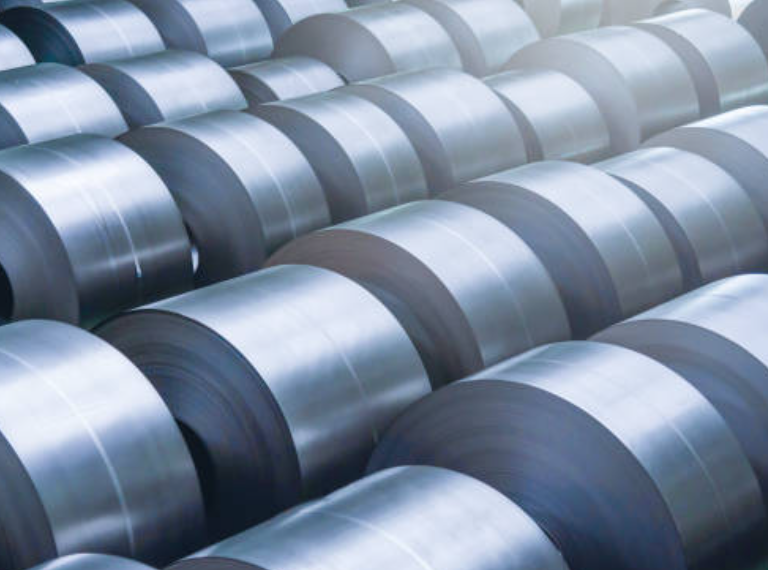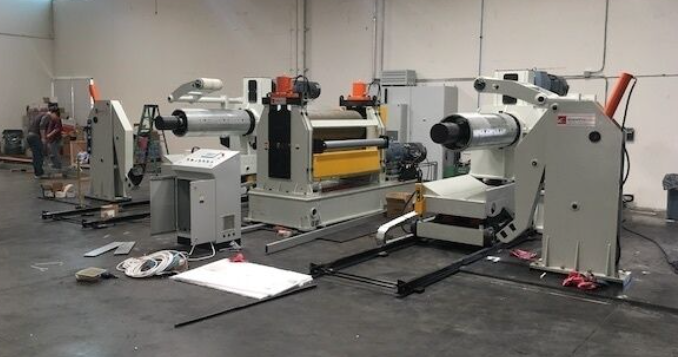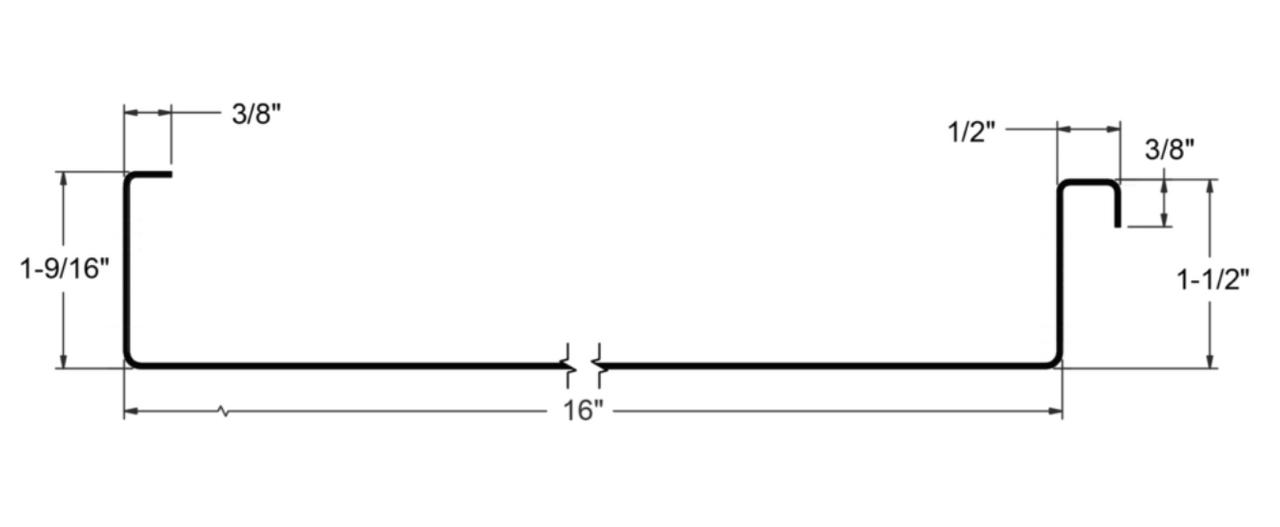
Posted on Wednesday, October 9, 2024
In today's rapidly evolving world, the energy and utility sector stands at the forefront of infrastructure development, providing essential services that power communities and economies. From utility poles to energy transmission towers, the demand for reliable, robust components is paramount. Roll forming has emerged as a transformative manufacturing process that meets these needs, offering numerous advantages for the energy and utility sector.
One of the standout benefits of roll forming is its ability to produce components that exhibit exceptional strength and durability. In the energy sector, where infrastructure is subjected to extreme weather conditions and heavy loads, the materials used must withstand significant stress. Roll forming typically employs high-quality metals such as steel and aluminum, which possess remarkable tensile strength. This ensures that utility poles, energy transmission towers, and other components remain reliable and long-lasting, providing the necessary support for crucial infrastructure.
Precision is vital in the energy and utility sector, as even minor discrepancies can lead to significant safety and operational issues. Roll forming machines are designed to create components with a high degree of accuracy, ensuring consistent dimensions and tight tolerances. This precision is critical for applications such as structural supports and transmission line components, where exact measurements are essential to maintain safety and functionality in demanding environments.
Efficiency is a key advantage of roll forming, especially in the energy sector, where project timelines can be tight. The continuous nature of the roll forming process allows for high-volume production with minimal downtime. Modern roll forming machines are equipped with advanced automation features that enhance production speed and reduce labor costs. By streamlining the manufacturing process, roll forming enables companies to meet deadlines while controlling costs, ultimately contributing to improved profitability.
The energy sector often requires components that are customized to meet specific project requirements. Roll forming offers significant flexibility in producing unique shapes and sizes, allowing manufacturers to tailor parts for various applications. Whether it's a custom profile for utility poles or specialized components for energy transmission towers, roll forming provides the precise customization needed to address diverse industry demands. This adaptability is crucial in a sector where projects can vary greatly in scope and design.
As sustainability becomes a growing concern across industries, roll forming stands out for its eco-friendly practices. The process allows for the use of recycled materials, contributing to a reduced environmental impact. Additionally, roll forming generates minimal waste during production, further enhancing its sustainability profile. By choosing roll-formed components, companies can support energy-efficient structures and align with broader sustainability goals, which is increasingly important to consumers and stakeholders alike.
Roll forming technology plays a crucial role in various applications within the energy sector, including:
The advantages of roll forming in the energy and utility sector are undeniable. From providing unmatched strength and precision to enhancing efficiency and sustainability, roll forming technology offers a comprehensive solution for manufacturing critical components. As the industry continues to evolve, embracing innovative manufacturing processes like roll forming will be essential for meeting the growing demands of energy infrastructure.

Understanding Coil IDs, Mandrel Sizing, and Shear Pin Safety in Uncoilers
Posted on Wednesday, October 1, 2025
Mismatched sizes can lead to machine damage, downtime, and safety hazards — often evidenced by a shear pin failure.

How Coil Tensile Strength Affects Roll Forming and How to Adjust Your Machine
Posted on Wednesday, October 1, 2025
Changes in tensile strength can significantly affect the finished profile, causing misaligned bends, uneven edges, and out-of-spec parts.

Why Paint Cracks on an Embossing Line Running Pre-Painted Coil and How to Prevent It
Posted on Wednesday, October 1, 2025
This issue not only affects the visual quality of the product but can also lead to increased scrap rates and customer complaints.

The Most Popular Standing Seam Metal Roof Panels in the U.S. — A Comprehensive Guide
Posted on Monday, September 29, 2025
In this post, we’ll explore what panel styles and sizes are most popular in the U.S